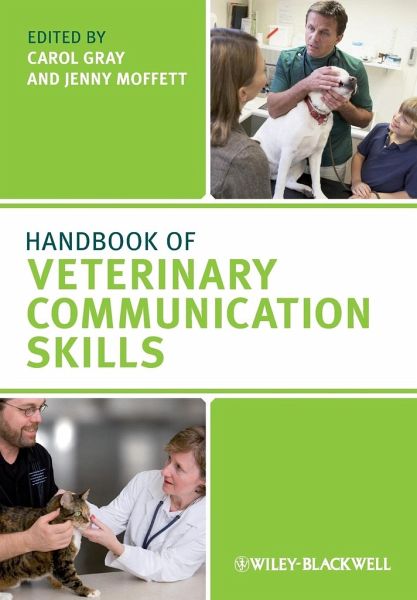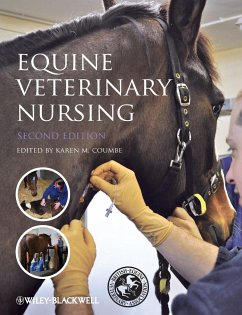
Handbook Veterinary Communication Skills
Versandkostenfrei!
Versandfertig in 2-4 Wochen
59,99 €
inkl. MwSt.
Weitere Ausgaben:

PAYBACK Punkte
30 °P sammeln!
The first definitive textbook on veterinary communication. Covers all the key areas of communication: the basic frameworkfor the veterinary consultation; professional, ethical and legalaspects; communication with clients and colleagues; and coping withend-of-life and other difficult situations.














